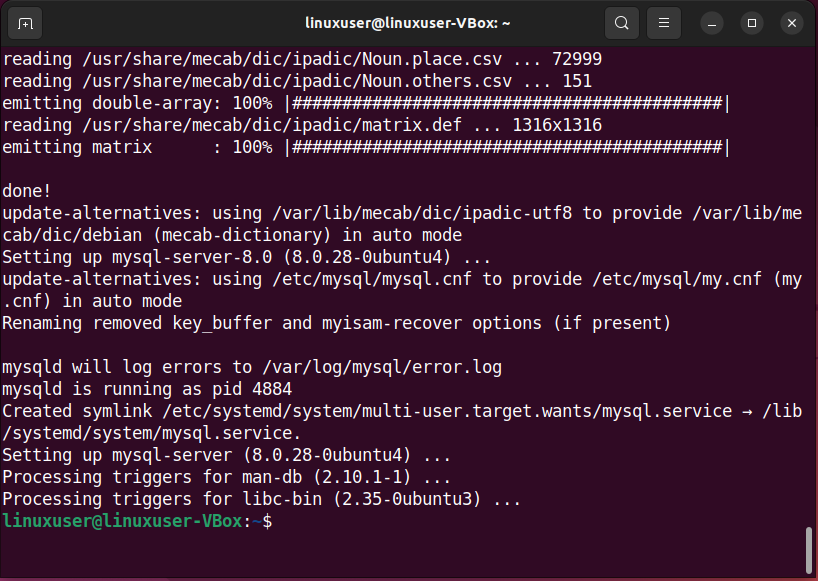

Now that you have your web server up and running, it is time to Regardless of the method you use to get your IP address, type it into your web browser’s address bar to view the default Apache page. This is done by asking a specific server what your IP address is: Utility to contact an outside party to tell you how They are all correct addresses, but your computer may only be able to use one of them, so feel free to try each one. This will give you two or three lines back.
#Ubuntu install mysql workbench how to#
How To Find your Server’s Public IP Address If you see this page, then your web server is now correctly installed and accessible through your firewall.

You will see the default Ubuntu 18.04 Apache web page, which is there for informational and testing purposes. You can do a spot check right away to verify that everything went as planned by visiting your server’s public IP address in your web browser (see the note under the next heading to find out what your public IP address is if you do not have this information already):

To allow incoming HTTP and HTTPS traffic for this server, run: You can check that UFW has an application profile for Apache like so:ĭescription: Apache v2 is the next generation of the omnipresent Apache web Next, assuming that you have followed the initial server setup instructions and enabled the UFW firewall, make sure that your firewall allows HTTP and HTTPS traffic. To confirm, and the installation will proceed. Will tell you which packages it plans to install and how much extra disk space they’ll take up. Once the cache has been updated, you can install Apache with:
#Ubuntu install mysql workbench password#
In this session, you’ll be prompted to provide your regular user’s password to validate your permissions. It’s well-documented and has been in wide use for much of the history of the web. The Apache web server is a popular open source web server that can be used along with PHP to host dynamic websites. Step 1 - Installing Apache and Updating the Firewall To set this up, you can follow our initial server setup guide for Ubuntu 18.04. enabled user account and a basic firewall configured. In order to complete this tutorial, you’ll need to have an Ubuntu 18.04 server with a non-root


 0 kommentar(er)
0 kommentar(er)
